We all know that the banking system has an important role in the development of the economy of any country. The contribution of the banking system is very important for boosting the financial system of the country. In today's era, the banks of the life of people around the world. Has become an important part without which the economy of a country cannot be imagined and if we assess the economy of a country If you want to know about the banking system of that country then it becomes very important. So let us know what the banking system is and how it works. In this article, we will know about the banks located in India and their functions. Let's discuss this topic too, so let's first know what is a bank and what is its importance.
Bank - "The Bank is an institution which currency and the transactions of credit l it to their customer's money as a deposit to accept and pay them Czech, the on-demand drafts, etc."
The basis of the banking system is considered to be barter. The currency was not used as a transaction, but people used commodities as a transaction. But after some time, the system started decreasing and made the medium of transaction a currency. As the circulation of the currency increased, the need to protect it also started to be felt, at the same time many trading companies were also established in India. And wanted to protect the money received from the business, so the system of keeping the money in one place started and with it, the interest system started.
The world's first bank was founded in 1406 in Geneva, Italy under the name of "Banco the San Giorgia". The oldest bank which was established in 1472 and still in service is "Banca Monte Dei Vaschi di Siena" in Italy. After this, many banks were established all over the world and this system benefited all the countries.
India was very prosperous since ancient times and was highly favorable for business, so it was the first choice of merchants, traders of many countries like Dutch, Portuguese, Denis, and English established their colonies in India. The British made the most profit from India and With his feet deposited in India, after this, there was a need to secure the money earned from the business, so the British bank located in England On the lines of the Xing system, India also introduced the banking system, and thus the banking system of India is a gift of the British, which is still based on their system.
The British started the banking system in India to fulfill their business objectives and they established many agency houses but later its area grew considerably and it served many purposes like lending, receiving interest, securing money. And the work of providing funds for development also started.
During the British and English colonies in the 18th century, the East India Company established a few agency houses in Mumbai and Calcutta, which functioned like modern banks. Later, the first bank based on the European banking system, Alexander & Co., from foreign capital. The first bank opened in Calcutta in 1770 under the name of Hindustan, but this bank later failed.
After this, three Presidency Banks were established in India with the help of private and cooperative shareholders, including Bank of Bengal in 1806, Bank of Bombay in 1840, Bank of Madras in 1843, merging these three banks, and later the establishment of Imperial Bank in 1921. After this, many banks in India were set up with joint capital, such as Allahabad Bank in 1865, Alliance Bank of Shimla in 1881, Awadh Commerce. Al Bank in 1881, Punjab National Bank were established in 1901, the People's Bank of India in 1894 l.
The important fact is that Awadh Commercial Bank, established in 1881, was the first bank founded and operated by Indians, whereas the Indian Bank as a whole was Punjab National Bank.
Subsequently, in the 20th century, Bank of India in 1906, Bank of Baroda in 1908, Central Bank of India in 1911, Bank of Mysore in 1913.
During the First World War, the situation of Indian banks was in crisis. The banking system had a very bad effect and many banks had to be closed. At the same time, Tata Industrial Bank was established in 1917. After this, Imperial Bank was nationalized and named after the State bank of India. The bank was kept and the other 8 banks were started as subsidiaries of State Bank. They are State Bank of Bikaner and Jaipur, State Bank and F Mysore, State Bank of Travancore, State Bank of Patiala, State Bank of Hyderabad, State Bank of Indore, State Bank of Saurashtra.
14 banks were nationalized on 19 July 1969. The banks which were nationalized are as follows - Central Bank of India, Bank of India, Punjab National Bank, Canara Bank, United Commercial Bank, Syndicate Bank, Bank of Baroda, Union Bank of India, Dena Bank, Allahabad Bank, Indian Bank, Indian Overseas Bank, Bank of Maharashtra and Indian Bank.
A decade later, on April 15, 1980, 6 other banks were also nationalized. Nationalized banks are - Andhra Bank, Punjab and Sind Bank, New Bank of India, Vijaya Bank, Corporation Bank, and Oriental Bank of Commerce.
Under this, the banks whose deposits were 50 crores or more were all nationalized.
The banking system of India is very wide, so it has contained many types of banks in itself. Banks in India can be classified as follows -
(1) Central Bank
(2) commercial banks
(3) Agricultural Bank
(4) Public Bank
(5) Private bank
(6) Industrial Bank
(7) rectangle-export bank
(8) Foreign banks
(9) Co-operative bank
(10) Savings Bank
(11) Exchange Bank
In this way, all these banks in India are working in their specific work, so let us know about the functioning and specificity of these banks.
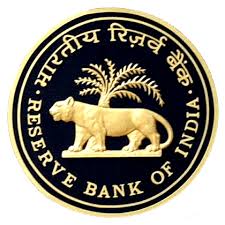
The Reserve Bank of India is called the central bank of the country. It is the controlling bank of all the banks located in India. In the year 1925-1926, the Hilton Young Commission told the government that a central bank should be established to improve the economic condition of India. Therefore, on the recommendation of the Central Banking Inquiry Committee in 1934, the Reserve Bank of India Act 1934 was passed and under this, the Reserve Bank of India was established on 1 April 1935 with an authorized capital of 5 crores. The nationalization of RBI on 1 January 1949 happened. At the time of India's independence, its Governor was CD Deshmukh (1943-1949). RBI functions are handled by the Central Board of Directors. For the convenience of RBI, it is divided into four parts - Northern Region, Southern Region, Eastern Region, Western Region. Each region has a 5 member regional board. Central The board consists of 1 governor and a maximum of 4 assistant governors. Those appointed by the Central Government for 5 years and these Assistant Governors are elected one of the four boards. The addition of 10 other operators and one government official is also designated by the Government. The tenure of all these members nominated 4 years l
The main office of RBI is in Mumbai, while its four local board offices are in Delhi, Mumbai, Kolkata, and Chennai. All these local boards work under the direction of the Central Board.
Note Issuance - RBI reserves the right to issue notes of all denominations except for notes of 1 rupee or less, besides it acts as a representative of the government for issuing notes of 1 rupee or less. The RBI currently adopts the minimum fund system of note operations for issuance. Under this system, RBI has a special type of foreign debt and gold at a value of Rs. 200 crores. You must protect these gold prices should not be less than Rs 115 crore l This system of note issuance was adopted after 1957.
Working as a banker to the government - RBI as a public banker performs the following functions -
Functioning as a bank of banks -
Arrangement of agricultural credit - For this, the RBI has established the Department of Agricultural Credit, whose task is to investigate the problems related to agricultural credit.
Arrangement of industrial finance - RBI has bought large amounts of shares of Industrial Finance Development Corporation and State Finance Corporation for this.
Working of Exit Homes - RBI runs Exit Homes to run the banking system smoothly. In some special places, RBI takes care of these houses itself and at other places, it is the responsibility of the State Bank of India.
Apart from this, RBI has many more powers under the Banking Regulation Act 1949.
Commercial banks are those banks that accept the money of the common people in the form of deposits and also provide loans to people when needed or for business etc. The commercial bank also plays an important role in credit creation.
Some major commercial banks of India - State Bank of India, Punjab National Bank, Central Bank of India, Axis Bank, etc.
Commercial banks can be classified as follows:
2. Non-scheduled banks - Non-scheduled banks are those banks that are not listed in the second schedule of the RBI Act 1934.
We can divide the functions of commercial banks mainly into three parts. (1) Main work (2) Secondary work (3) Supporting work
(1) Main task - The main task of commercial banks is to accept deposits and provide funds to the public.
Deposit of savings - The commercial bank deposits the money of the people in the form of the following savings accounts.
Giving loans - Giving loans to people is the second main task of commercial banks. One can get a loan in the following way -
(2) Secondary work - Apart from the main work, there are some minor works of the bank.
(3) Auxiliary work - Commercial banks contribute significantly to capital formation and thus contribute to the economic development of the country. Commercial banks are not made available to businessmen/entrepreneurs from time to time so that they can innovate and improve the economy of the country. They are able to give their support in the development of the bank. Interest rate control is well maintained by these banks so that their customers can get loans. There should be no inconvenience in procurement. For arranging self-employment in the country, the bank provides loans to unemployed people at a reasonable interest rate so that every citizen can arrange self-employment.
Cooperative banks are formed on the basis of cooperatives. The main objective of these banks is to provide financial credibility for rural areas and agriculture. The boundaries of cooperative banks are limited to one bank.
The level of cooperative banks in India is three-tier.
Agricultural Cooperative Societies - These societies are established by the rural people in rural areas.
Non-agricultural co-operative societies - These societies are established in towns or cities by shopkeepers, laborers, etc.
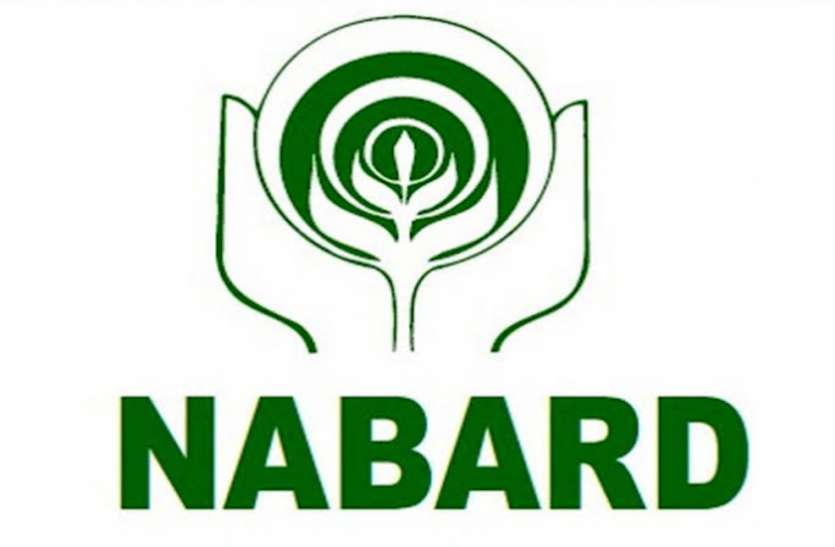
This bank is the apex bank for providing capital for agriculture and rural development. Its main objective is to provide financial assistance to farmers, small entrepreneurs, hand craftsmen for rural development.
NABARD was established on 12 July 1982 on the recommendation of the "Sivaraman Committee" with an authorized capital of Rs 100 crore. It had the same contribution from the Government of India and the Reserve Bank. NABARD is headquartered in Mumbai. NABARD has 28 regional offices operating in the country. NABARD has a direct relationship with the Reserve Bank.
NABARD can avail of loans from the Government of India, Reserve Bank, World Bank, and other agencies. NABARD provides short-term, medium-term, and long-term loans to cooperative banks, regional rural banks, etc. NABARD also introduced Kisan Credit Card Scheme which is agriculture Proved to be extremely beneficial for the region.
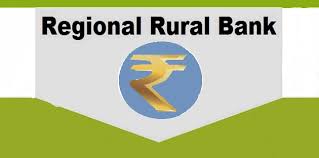
Regional Rural Banks were started to provide banking facilities to the rural population - farmers, laborers, and small entrepreneurs. These banks promote the development of rural areas economically. So on 5 October simultaneously 5 regional rural banks - Moradabad, Gorakhpur (U.P.), Bhiwani (Haryana), Jaipur (Rajasthan), Malda (West Bengal). Its main objective is to provide banking facilities to far-flung rural areas. On the recommendation of the Vijay Kelkar committee, a new regional rural bank was banned. The ratio of the capital of the central, state, and promoter banks in these banks is 50:15. : 35 happens. Currently, all the states except Sikkim and Goa have Regional Rural Banks.
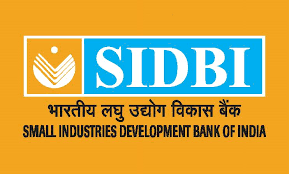
Small Industrial Development Bank of India has been established for the development of micro, small and medium industries. SIDBI is an apex financial institution financing small-scale industries for their development.
SIDBI was established on 2 April 1990. Its headquarter is located in Lucknow and its 5 regional offices are located across the country. Banks in the category of small and medium industries, in which the invested capital does not exceed Rs 10 crore. And many people get employment in the development of these industries.
SIDBI was established as a subsidiary bank of IDBI. Whatever work IDBI used to do before the establishment of SIDBI, all the work was transferred to SIDBI. SIDBI will provide small, medium, and micro industries to commercial banks, regional rural banks, cooperative Provides support through Banks and State Industrial Development Corporations.
Small Industries Development Bank can get foreign loans from foreign institutions in addition to the Indian capital market and foreign currency loans are also provided to small-scale industries under single window service.
SIDBI has made its place among the top 30 development banks in the world.
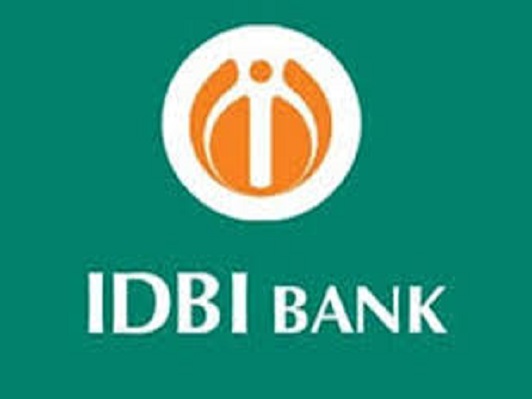
Industrial Development Bank was set up with an aim to upgrade the level of industrialization in the country and to complete the work related to industrial development. Maintaining industrial finance for industrial development is the main objective of this bank. Industrial without arranging finance. It is not possible to contribute to development.
Hence IDBI was established on 1 July 1964 as a wholly-owned subsidiary of RBI. Till 1976 it functioned as a subsidiary of RBI, after which it was made an autonomous corporation owned by the Government of India.
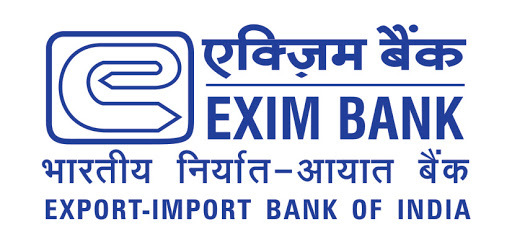
Exim Bank is a bank providing financial assistance to importers and exporters. Exim Bank was established on 1 January 1982 under the Export-Import Bank Act 1981. Exim Bank is headquartered in Mumbai.
Prior to the establishment of Axim Bank, IDBI's International Finance Department worked to provide financial assistance to exporters and importers and promote foreign trade.
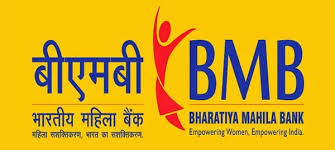
In 2013, Finance Minister Chidambaram proposed the Mahila Bank in Parliament, and on 19 November 2013, the then Prime Minister Manmohan Singh inaugurated the bank in the presence of Finance Minister Chidambaram.
India's first women's bank is "Bharatiya Mahila Bank". The headquarters of this bank is in Delhi. Bharatiya Mahila Bank is the first public sector bank with all the members of the board of directors being women. Apart from this, it is the first public bank which by an act of parliament. The main objective of this bank is to provide loans at low interest to the women of the weaker section of society so that they can become financially self-reliant. Women from Anco may receive education and home loans.
Mahila Bank has 7 branches operating across the country. These branches are located in Mumbai, Ahmedabad, Lucknow, Bangalore, Kolkata, Guwahati, and Chennai.
Islamic bank is not fully or widely employed in India but we also get to know about it, what are the Islamic banks and what are their functions.
The banking system that works on Islamic law and principles is called Islamic Bank. Such banks are working in many countries around the world. The important thing about these banks is that they neither charge nor pay interest. Banks' money can only be invested in Islamic works.
Modern Islamic banking was started in Egypt in 1963. Similarly, Islamic banking was started in Dubai in 1975. India's first Islamic bank was established in Kochi.
The Banking Ombudsman Scheme is a scheme launched to solve the problems and grievances of Indian bank customers. The Banking Ombudsman was established in 1995, but in 2002 and 2006 it was amended to implement the new policy. According to this only the commercial banks and scheduled primary banks were included, whereas, in the new policy, regional rural banks were also included.
According to this scheme, any customer of the bank can complain about the complaint of any officer or related employee of the bank and if the services are not received in time, they can be e-mailed, postal to the Banking Ombudsman. This complaint can be redressed within 30 days. Go and it is a free scheme. The Banking Ombudsman Scheme was introduced to provide transparency and convenience to customers in the banking sector. Under this scheme Above is the appointment of Banking Ombudsman which is a quasi-judicial officer l
Thus, all these banks are located in India, which have specific functions within themselves, thus the banking system contributes to the economy to a great extent and also plays an important role in promoting the economic condition and development of the country.